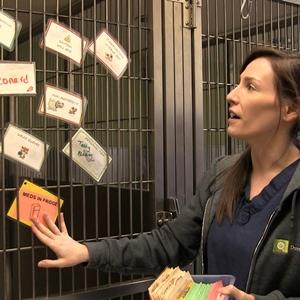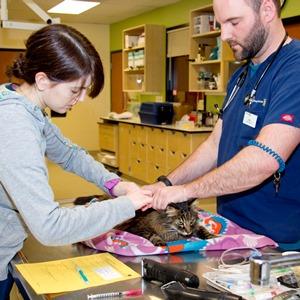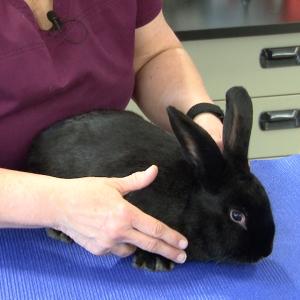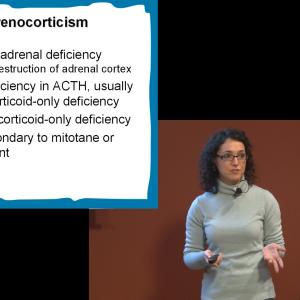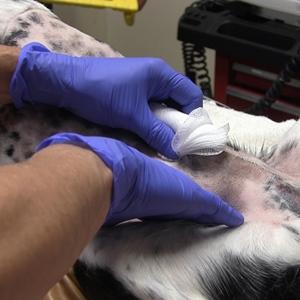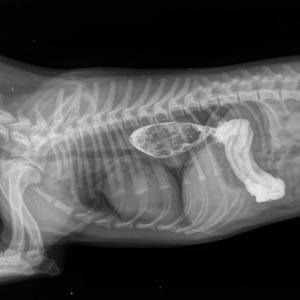Find Your Training Content
Labeling Kennel Cards
Kennel cards can call attention to important pieces of information, such as where a patient’s meds are, if they have a personal item, and when you may need protective gear. Learn from Technician Training Specialist Jessica Waters-Miller, CVT, about a few…Severe Pedal Necrosis: When Bandage Management Goes Wrong
Bandages are commonly used in the management of injuries to the distal extremity in veterinary patients. Bandages offer many benefits for healing of wounds and other injuries to the limb; they…The Anorexic Cat: A Breakdown of Appetite Stimulants
We’ve all encountered the frustration that is the anorexic cat. It is possible to run a comprehensive diagnostic panel and still not understand why the patient is not eating. Add full body imaging…Exam Tips for Handling Rabbits
Rabbits may be nervous in a clinic setting, so it’s important to know proper handling and restraint techniques. Learn from Portland Community College Instructor and Certified Veterinary Technician Laura Harris, and DoveLewis Certified Veterinary…
Tube Placement and Care: A Step-by-step Guide
Placing and managing various tubes is an important part of a veterinary technician’s role in patient care, and knowing the proper procedures and most effective methods will ensure that you are…Canine Hypoadrenocorticism - Addison's Disease
Hypoadrenocorticism (HA) is a deficiency of the adrenal cortex to produce mineralocorticoids and glucocorticoids. Learn from Ladan Mohammad-Zadeh, DVM, DACVECC, as she explains hypoadrenocorticism (also known as Addison’s Disease) in dogs. This talk…
Canine Megaesophagus
Megaesophagus is a condition characterized by decreased or absent esophageal tone and motility usually resulting in diffuse dilation of the esophagus. Review clinical signs, diagnosis, and treatment options with Internal Medicine Specialist Barbara…


